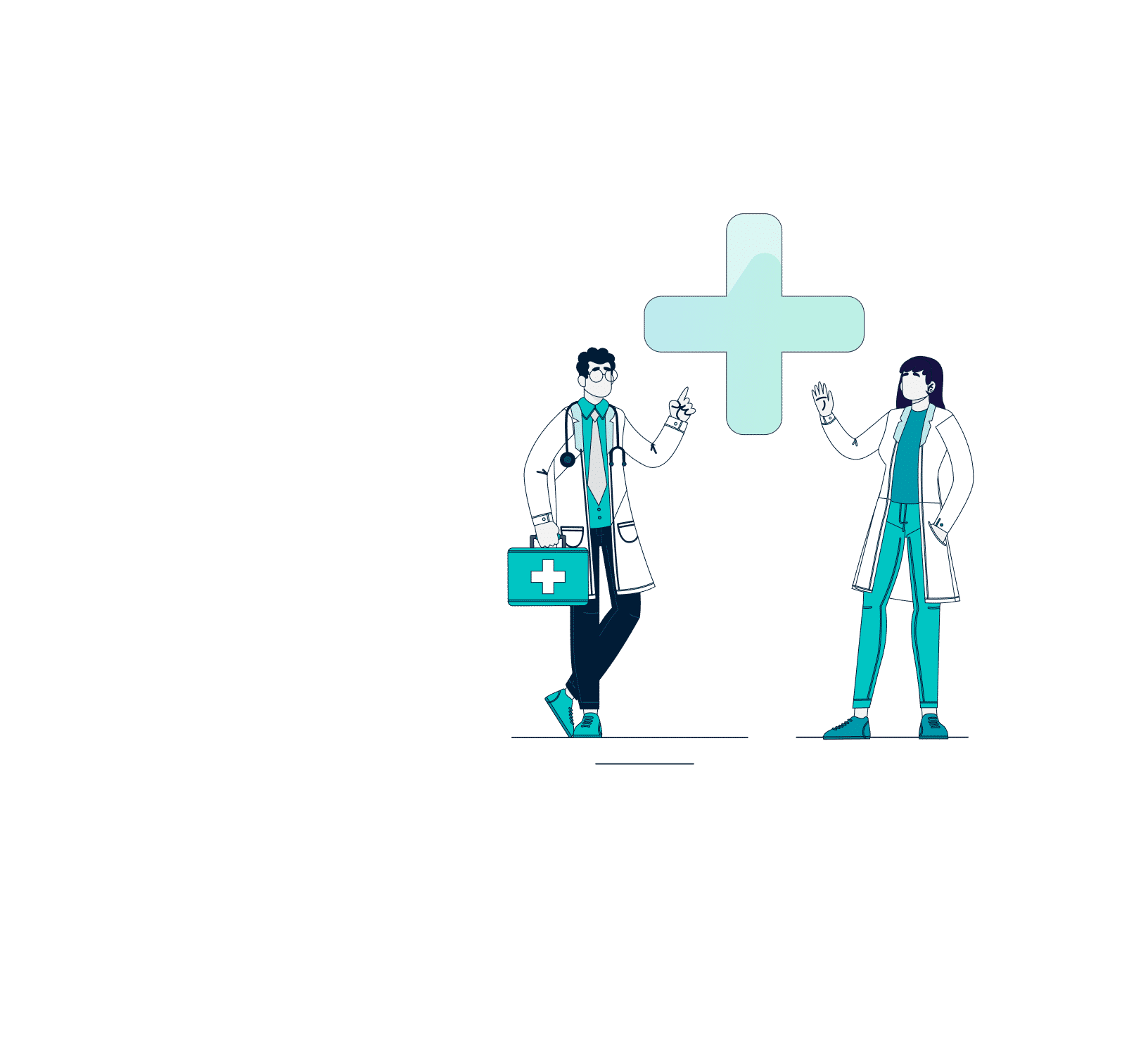Provider engagement at the point of care is the key to improving patient outcomes and contractual performance. For ACOs and MSOs, the key is using the right tools, data, and technology to get providers engaged when it matters most—right at the moment they need it to provide patient care. But it’s not just about flashy systems; it’s about making everyday tasks simpler, more intuitive, and more effective. Let’s dive into some practical approaches for driving real engagement and how Vim helps ACOs and MSOs make this a reality.
Why Provider Engagement at the Point of Care Matters
When providers are empowered and supported in their daily work, they’re able to deliver high-quality care, follow clinical guidelines more consistently, and contribute to lower costs and better outcomes. But here’s the problem: traditional methods involving disjointed systems, inconsistent reporting, and external dashboards just don’t cut it. Providers and their care teams are already stretched thin, and asking them to reconcile multiple systems only adds unnecessary friction. What works better? Integrating valuable information directly into their day-to-day workflow.
Best Practices for Boosting Provider Engagement at the Point of Care
- Make EHR Integration Seamless
The less providers and their care teams have to switch between different systems to find needed information and take actions, the better. By embedding engagement tools directly into EHRs, you ensure that recommendations, insights, and necessary functionality are right there when needed. No extra clicks, no distractions—just smooth, real-time support.
How Vim helps: Vim integrates directly into EHRs, providing actionable insights, recommendations, and clinical guidelines in real-time. This reduces the need for providers and their care teams to switch between multiple systems, keeping them focused on patient care. - Provide Actionable Clinical Decision Support
Clinical decision support recommendations should provide guidance when needed without seeking it out. Leveraging AI-driven insights and predictive analytics right at the point of care allows providers to make informed decisions without extra cognitive load. Real-time, evidence-based recommendations can help them stick to care guidelines and deliver better results for patients.
How Vim helps: Our platform delivers evidence-based, AI-driven recommendations at the point of care, helping providers make informed decisions without added cognitive burden. - Give Providers Real-Time Access to Data
Having timely data—whether it’s about care gaps, risk adjustment insights, utilization, or upcoming referrals—can make a world of difference in administering the best care plan for each patient. When providers can act on what they see right away, it improves efficiency and accuracy across the board, ensuring that treatment plans are spot on.
How Vim helps: Vim ensures providers have real-time access to needed actions, relevant insights, and patient-specific data that exists outside of the EHR so they can take immediate action, improving the outcomes of treatment plans. - Keep Technology Simple
Providers already have enough on their plate, so technology shouldn’t make things more complicated. Solutions need to be intuitive and fit seamlessly into their routines. When technology is easy to use, doesn’t require hours of training, and is seamlessly accessed within the EHR, providers and their care teams are much more likely to engage with it.
How Vim helps: Vim is intuitive and easy to use, fitting seamlessly into providers’ routines with minimal training. This encourages consistent engagement and reduces frustration. - Use Feedback Loops for Continuous Improvement
Monitoring provider performance and engagement helps organizations see what’s working and where there’s room for improvement. By creating real-time feedback loops, ACOs and MSOs can adjust their strategies as they go, ensuring that engagement levels stay high and outcomes improve over time.
How Vim helps: Vim provides real-time utilization data, allowing ACOs and MSOs to track engagement, identify bottlenecks, and adjust strategies for continuous improvement.
Vim’s platform isn’t just about offering a new set of tools; it’s about reducing friction, simplifying workflows, and delivering providers the real-time insights they need to deliver high-quality care. By eliminating barriers to engagement and helping ACOs and MSOs optimize their processes, Vim plays a pivotal role in the success of value-based care and improved patient outcomes. Request a demo and see for yourself.



